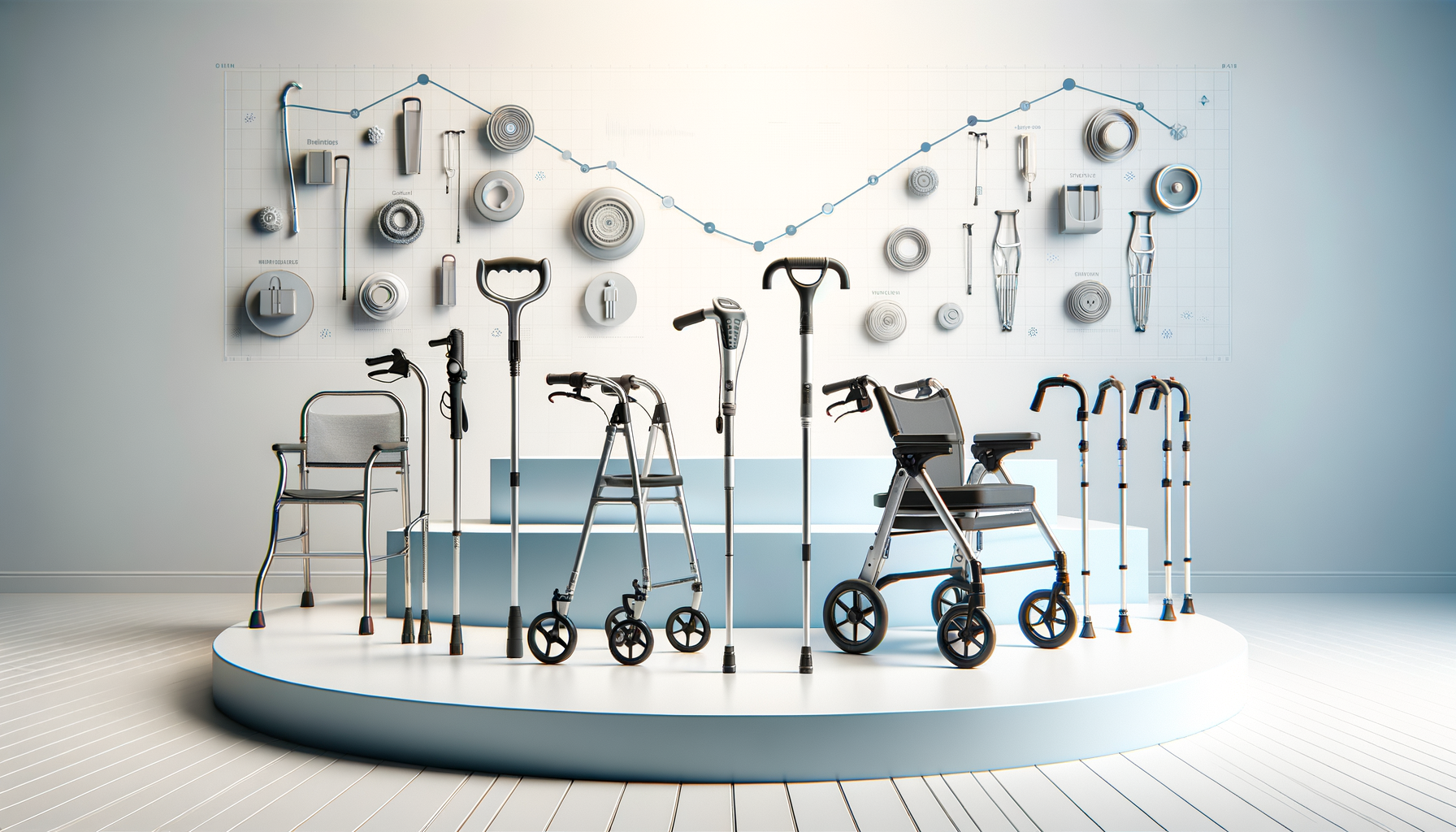Understanding the Importance of Walking Aids for Seniors
Walking aids are essential tools that enhance the quality of life for many seniors. As individuals age, they may experience a decline in mobility due to various health conditions such as arthritis, osteoporosis, or muscle weakness. These challenges can limit their ability to move freely, affecting their independence and overall well-being. Walking aids provide the necessary support to overcome these obstacles, enabling seniors to maintain an active lifestyle. They not only offer physical support but also boost confidence, reducing the fear of falls and injuries. In essence, walking aids are not just about mobility; they are about empowering seniors to live life on their terms.
Types of Walking Aids: Finding the Right Fit
There is a wide range of walking aids available, each designed to meet specific needs. The most common types include canes, walkers, and rollators. Canes are simple yet effective tools that provide balance and support for those who need minimal assistance. They come in various styles, including single-point and quad canes, offering different levels of stability.
Walkers, on the other hand, are more robust and suitable for individuals who require more support. They typically feature four legs and a frame that surrounds the user, providing a stable platform for walking. Some walkers are equipped with wheels, making them easier to maneuver.
Rollators are similar to walkers but have added features such as wheels, brakes, and a seat. They are ideal for those who need a combination of support and mobility, allowing users to rest when needed. Choosing the right walking aid depends on the individual’s specific needs, lifestyle, and the level of support required.
Benefits of Using Walking Aids
Walking aids offer numerous benefits that extend beyond mere physical support. One of the primary advantages is the reduction in the risk of falls, which are a significant concern for seniors. By providing stability and balance, walking aids help prevent accidents that can lead to serious injuries.
Additionally, these aids encourage physical activity, which is vital for maintaining health and well-being. Regular movement can improve cardiovascular health, enhance muscle strength, and boost mental health by reducing feelings of isolation and depression. Walking aids also promote independence, allowing seniors to perform daily tasks with greater ease and confidence.
Moreover, using a walking aid can enhance social interaction, as seniors are more likely to engage in community activities, visit friends, and participate in social events when they feel secure in their mobility.
Choosing the Right Walking Aid: Factors to Consider
Selecting the appropriate walking aid involves considering several factors to ensure it meets the user’s needs. Firstly, it’s important to assess the level of support required. This can be determined by evaluating the individual’s balance, strength, and mobility limitations. Consulting with a healthcare professional can provide valuable insights into the most suitable option.
Comfort is another crucial factor. The walking aid should be easy to use and comfortable to hold or grip. Adjustable features, such as height settings, can enhance comfort and ensure proper posture while using the aid.
Durability and weight are also important considerations. A walking aid should be sturdy enough to provide reliable support yet lightweight enough for easy handling and transport. Additionally, the environment in which the aid will be used should be taken into account, as some aids are better suited for indoor use, while others are designed for outdoor terrain.
Conclusion: Empowering Seniors Through Mobility
Walking aids are more than just tools for mobility; they are vital instruments that empower seniors to lead fulfilling and independent lives. By choosing the right aid and utilizing it effectively, seniors can overcome mobility challenges and continue to engage with the world around them. Whether it’s a simple cane or a sophisticated rollator, the right walking aid can make a significant difference in a senior’s daily life, offering not just physical support but also emotional and social benefits. As we continue to innovate and improve these aids, the future looks promising for enhancing the mobility and quality of life for seniors everywhere.




Leave a Reply